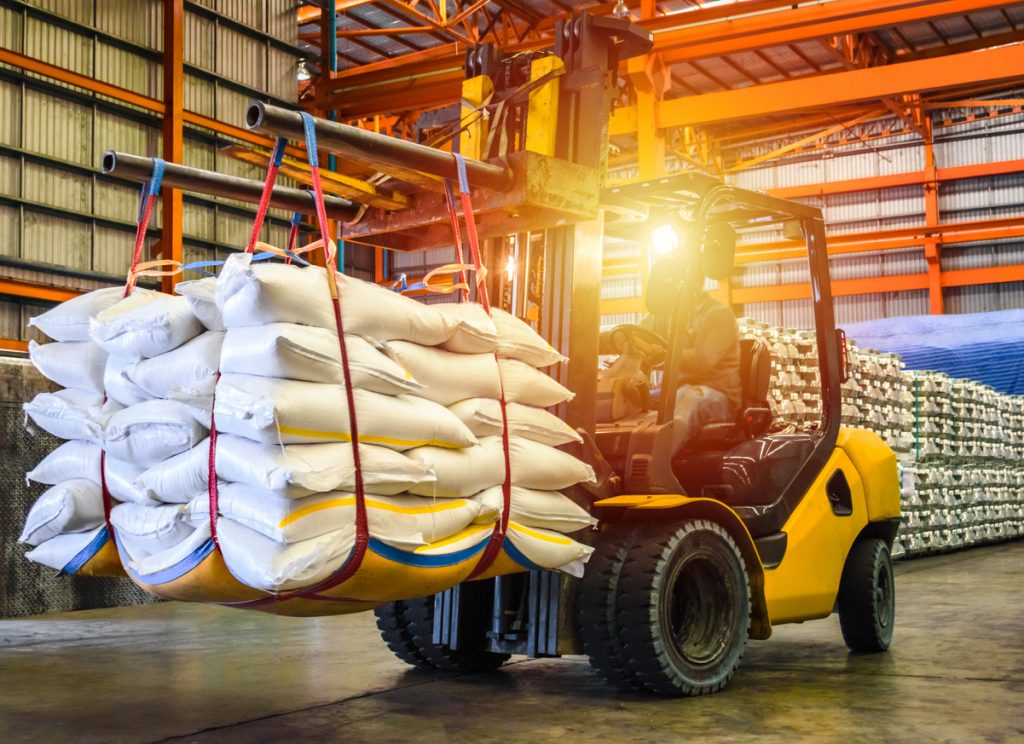Blog
10 Principles of Material Handling
“Material handling” is a two-word phrase that describes a massive part of the world economy.
Any item that gets bought or sold got to that point thanks to material handling, which is the movement, protection, storage and control of products from manufacturing to distribution to warehousing to sale.
Therefore, a broad range of equipment and technology falls into material handling family, from ergonomics and automation software to pallet racks and wire shelving.
When used properly, an organization’s material handling practices can reduce time-to-delivery, help shrink inventory, improve customer service and let you lower the overall handling costs associated with manufacturing, distribution and transportation.
The Material Handling Institute (MHI), the United States’ leading supply chain association, explains how to put a material handling system into practice with its 10 Principles.
1. Planning
“When designing a material handling system, it is important to refer to best practices to ensure that all the equipment and processes – including manual, semi-automated and automated – in a facility work together as a unified system,” the MHI says.
Begin by defining your needs, objective and the technologies you’ll need to make them happen. This should be a group effort: Get input from consultants, suppliers, end users, management, engineering, information systems, finance and operations.
2. Standardize methods
Your goal here is to clear a system that standardizes all your material handling methods, equipment, software and controls, making sure they handle a variety of tasks in a range of operating conditions.
3. Streamline work
Reduce or eliminate any unnecessary movement that hinders productivity. “Examples include using gravity to assist in material movement and employing straight-line movement as much as possible,” the MHI says on its website.
4. Embracing ergonomics
The term “ergonomics” means “matching the work to the worker,” which means you’ll need to consider what your employees can handle.
Conditions in your facility should be adjusted to promote safety, reduce repetitive, strenuous labor and support workers’ abilities. One example: using lift tables to allow for a comfortable range of motion and prevent physical stress or injuries.
5. Unit load
It takes more work to move individual items one at a time compared to moving them as a single load, which is why your organization should use unit loads, such as containers or pallets.
6. Space utilization
Keep work areas organized and clutter-free, take full advantage of density in storage areas and use overhead space whenever possible, all of which will help you maximize the efficient use of space within your facility.
7. System integration
There’s a reason the first principle talked about incorporating viewpoints from throughout your organization. Because a material handling system involves every link in your supply chain, every element of the system – receiving, quality control, storage, production, packing and assembly – needs to be integrated to reduce inventory levels to match customer needs as closely as possible.
8. Environmental impact
When designing your system, think about energy use and environmental impact. Whenever possible, implement recycling and reuse practices, as well as safety measures for dealing with hazardous material.
9. Automation
Use automated material handling technology when possible – and when practical – to improve operational efficiency, responsiveness, consistency and predictability.
10. Life cycle cost
Conduct a life cycle cost analysis for any equipment involved in the material handling system. Look at things like capital investment, installation set-up, programming, training, maintenance, operation, repair and disposal.
Are you looking for ways to upgrade your material handling practices? Greystone Equipment offers the highest quality material handling equipment in the industry from trusted brands like Cogan, Pro-Line, and Hallowell. Contact us today to learn how we can help your company function more efficiently.

